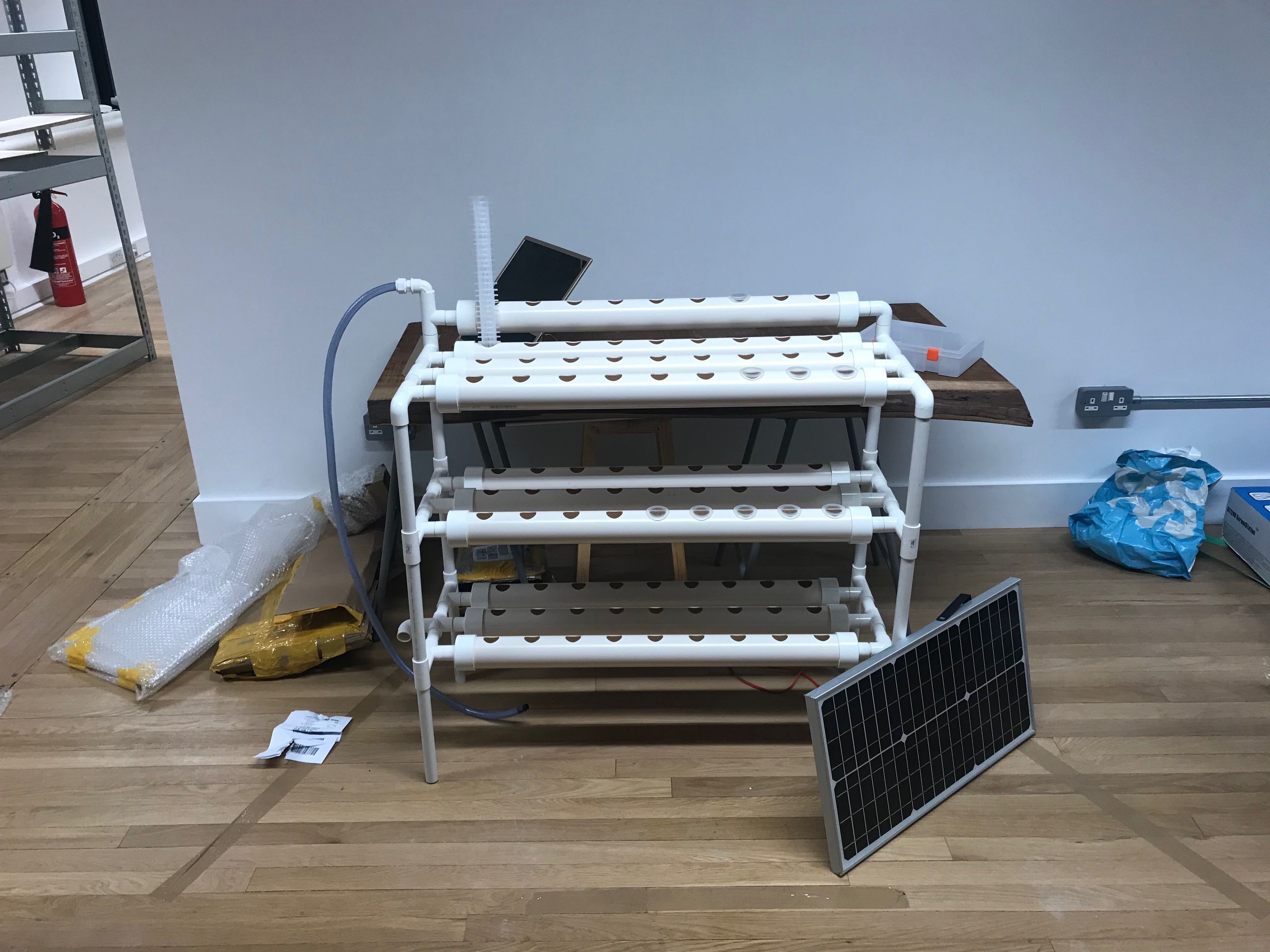In this short series, we speak to the designers and engineers who created our hero projects at Bett Show 2019 to find out how they built them and what problems they overcame.
With NASA planning to establish a permanent human presence on the Moon and on Mars and how climate change affects rainfall patterns, the world might need to break away from traditional crop cultivation. To do that, we need to design systems that combine sensors, water circulation systems and measure energy input.
"The hydroponic garden project we built is an example of how the pi-top [4] could be used to create a smart gardening system. It allows plants to be grown reliably and consistently in almost any available indoor/outdoor space by creating a carefully controlled and regulated environment. This is achieved by growing the plants inside an insulated/reflective ‘grow tent’, then monitoring temperature, humidity and moisture, and controlling the amount of light and water the plants receive," explains Wil Bennett, VP of technology at pi-top.
The project explores soilless cultivation, where sensors obtain temperature data, acidity, alkalinity and air quality data, and let us control them remotely through the software platform. "In addition to the sensors and the pi-top [4] with the foundation kit, we used a peristaltic pump to pump water through the system, some guttering / tubing, some relays to control the pump and lights, a reflective grow tent, an LED strip lights and a bucket to use as the reservoir," says Wil.
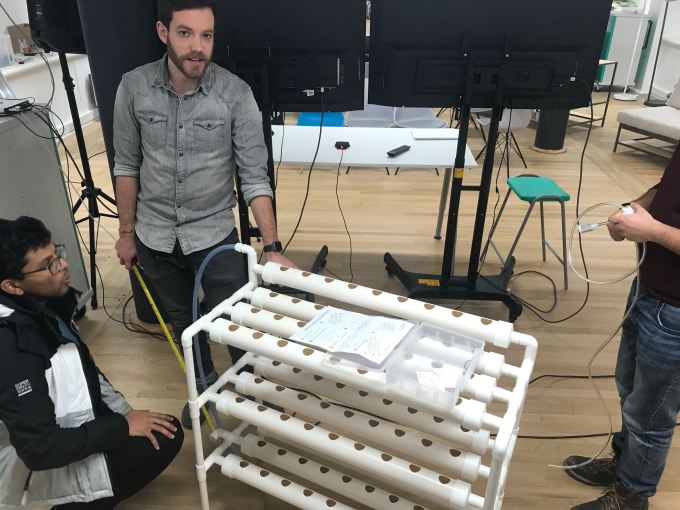
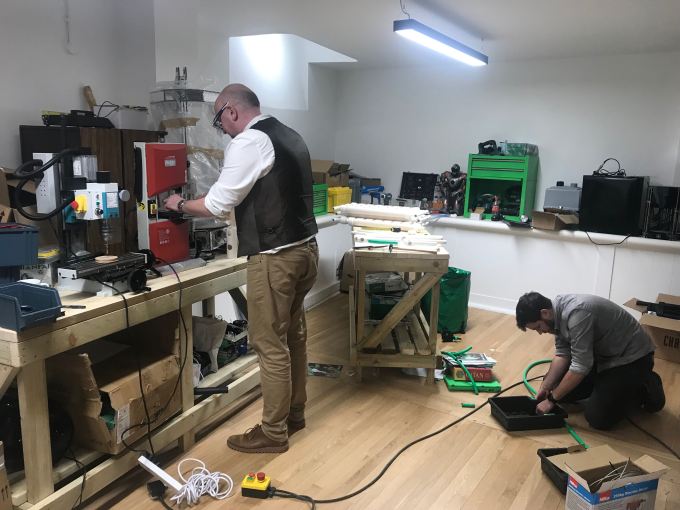
Tape came to the rescue when Wil encountered some issues "keeping the whole system watering was very important, but the first version leaked water all over the place. PTFE tape solved this eventually."
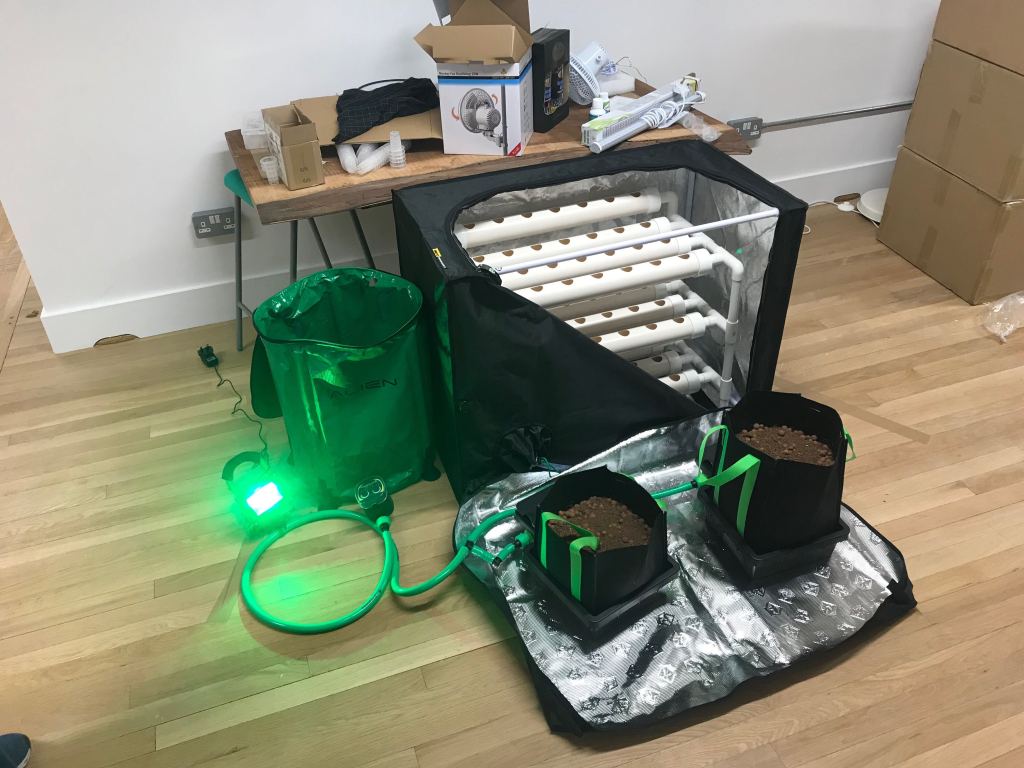
Computer science, biology and engineering are combined in this project. While you build it, you gain some programming knowledge (in this case, Python and Scratch), as well as learning more about the anatomy of plants, what optimal conditions they need to grow, and how to optimise the space that you've got to install your vertical farm.
As we've discussed before on the blog, we're not the first ones to explore different ways to grow greens. Chris Regini and his class have turned their school's maker space into a fully automated hydroponic system to better understand the food needs of the future, energy consumption and carbon footprint. Their hydroponic station is pretty epic, and he shared on our podcast how they built it.
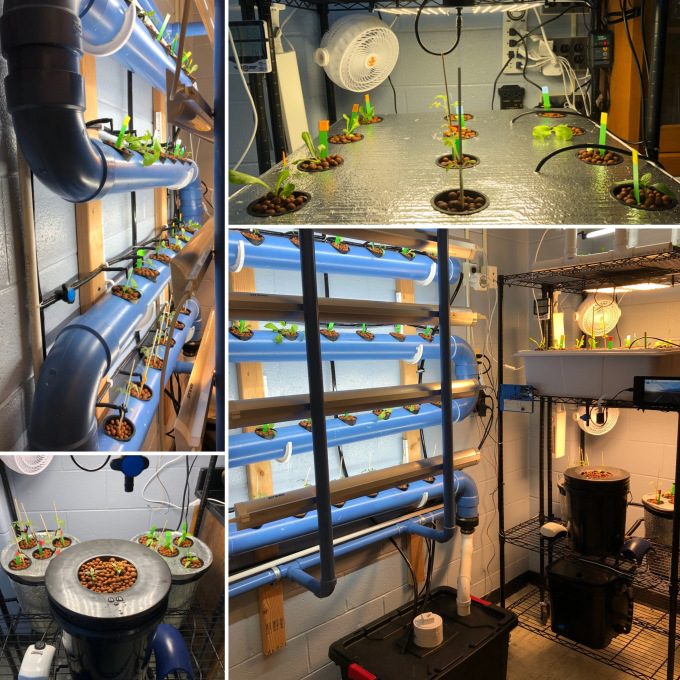
Taking Chris' maker space as an inspiration, Wil is planning on upgrading this first demo project. "We can regulate temperature with an in-built heater, circulate in fresh air with a remote-controlled fan, or even regulate the all-important pH balance of the water in the system using additional pumps and nutrients.
Want to find out more about our Bett hero projects? Check out how we built our mini Mars rovers, our light and sound installation, our weather balloon, and humanoid robot.
